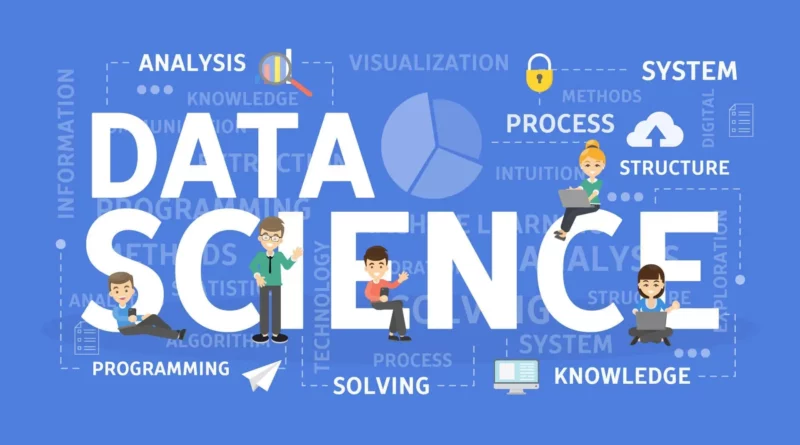How To Define Data Science
Data science is a field of study that combines mathematics, statistics, computer science, and business to extract insights and knowledge from information. Moreover, data science is used to analyze and model analytics in order to understand and predict trends and patterns. You can even define data science by the fact that it is used to make decisions and solve problems. Data science is a relatively new field, and there is no single, clear definition of what it is. However, there are some common themes that run through data science.
First, it is all about understanding and extracting insights from data. This may involve analyzing information to see how it changes over time, identifying patterns and trends, or finding correlations between different variables. Second, data science is about using the available information to make decisions. This may involve predicting future events, choosing the best course of action based on past data, or testing different hypotheses to see what works best.
Third, data science is about using mathematical and statistical models to understand big data. This will include using regression analysis to understand how one variable affects another, using clustering to group data into different categories, or using machine learning to build models that can predict future events. Fourth, data science is often collaborative. It involves working with other people to collect and analyze information, come up with ideas, and solve problems.
Finally, data science is about using technology to work with information. This may involve using programming languages to manipulate data, using software to visualize it, or using algorithms to find patterns.
What are the key components of data science?

Data science is the study of the extraction of knowledge and insights from data in various forms. It is a multidisciplinary field that incorporates techniques and theories from statistics, machine learning, data engineering, artificial intelligence, and more. The key components of data science are data acquisition, data pre-processing, data analysis, data visualization, and data interpretation.
Data acquisition is the process of collecting data from various sources. Meanwhile, data pre-processing is the process of cleaning and transforming raw data into a format that is suitable for analysis. Data analysis requires extracting knowledge and insights from information. And data visualization is the process of transforming data into visual representations that are easy to understand. Data interpretation is the process of understanding the meaning of data.
What skills are required for data science?
Data science is a field of study that focuses on the acquisition, analysis, interpretation and visualization of data. It is a multidisciplinary field that incorporates techniques and theories from statistics, computer science, machine learning, and database systems. Data science is a rapidly growing field, and there is a growing demand for data scientists. Below, you’ll find some of the skills required for data science:
- Mathematical skills: Data science is a highly mathematical field, and you will need to be able to understand and work with complex data sets.
- Programming skills: You will need to be able to write code to manipulate and analyze data.
- Statistical skills: You will need to be able to understand and use statistical techniques to extract insights from data.
- Business skills: You will need to be able to translate data insights into business value.
The most important thing is to have a strong foundation in mathematics and programming and to be willing to learn new skills as needed.
What tools are used in data science?

In data science, a variety of tools are used in order to analyze data and to make predictions. Some of these tools include statistical software, programming languages, and data visualization tools. Statistical software is used to analyze data and to find patterns. This software can be used to perform statistical tests, create graphs, and calculate probabilities. Statistical software includes programs such as R, SPSS, and MATLAB.
Programming languages are used to manipulate and analyze data. There are many different programming languages, but some of the most common ones for data science are Python and Java.



